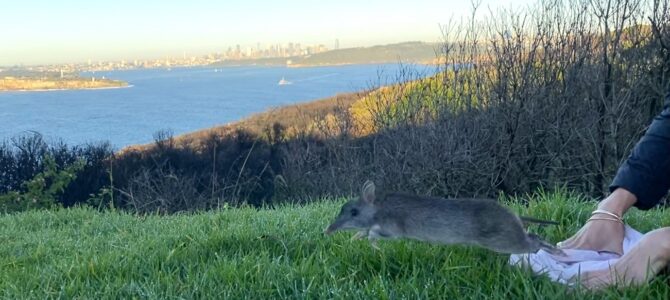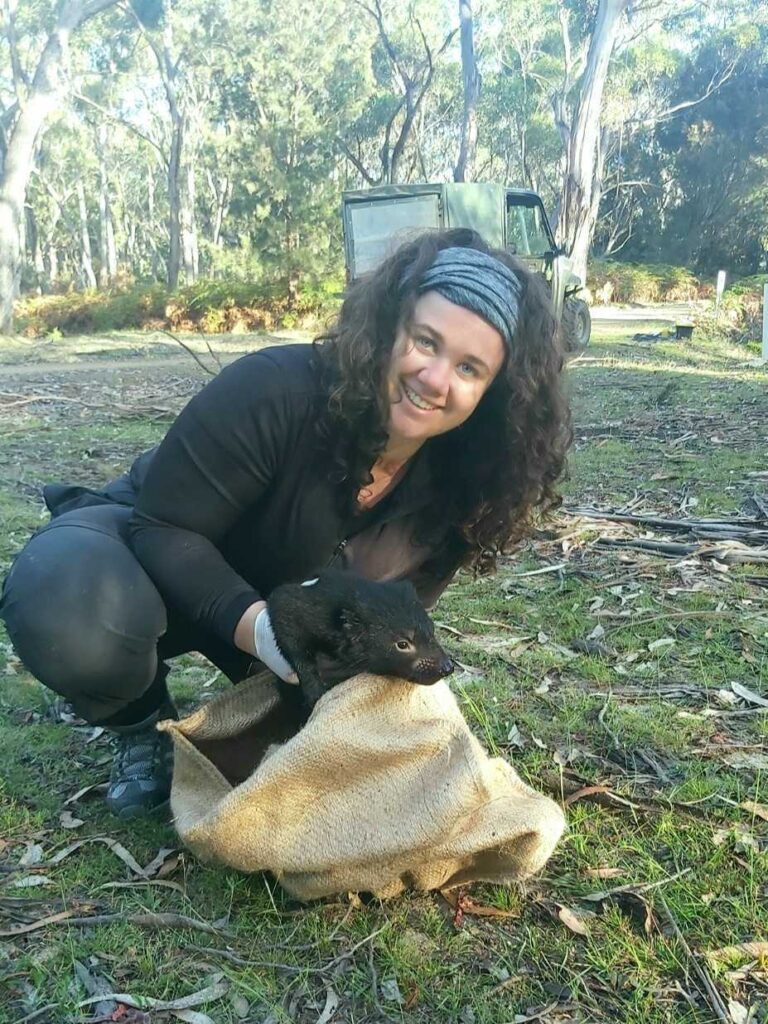Type: Journal article
Reference: Nelson, H. V., Farquharson, K. A., Georges, A., McLennan, E. A., DeGabriel, J. L., Giese, M., Ormond, C., McFadden, M., Skidmore, A., Prangell, J., Belov, K., & Hogg, C. J. (2024). A genomic framework to assist conservation breeding and translocation success: A case study of a critically endangered turtle. Conservation Science and Practice, 6(10), e13204. https://doi.org/10.1111/csp2.13204
Abstract
Conservation breeding programs are an effective approach to addressing biodiversity loss. Captive populations are managed to maintain genetic diversity, yet there remains an “implementation gap” in effectively translating molecular genetic data into management. Technological advancements are facilitating rapid generation of genetic data, increasing accessibility for breeding programs. In 2010, Frankham and colleagues proposed a six-stage process for establishing successful conservation breeding and release programs. Here, we describe the conservation breeding program for the critically endangered Bellinger River turtle (Myuchelys georgesi) and characterize the value of genetic sampling for informing management actions. By generating a chromosome-level genome and population genetic data, we investigated past and present diversity and assessed relatedness among captive founders. We present a framework modeled on Frankham and colleagues six stages to assist managers in implementing genetic data into actionable conservation strategies. This framework, and worked case study, for managers aims to better guide implementation of genetic approaches into conservation breeding programs.

